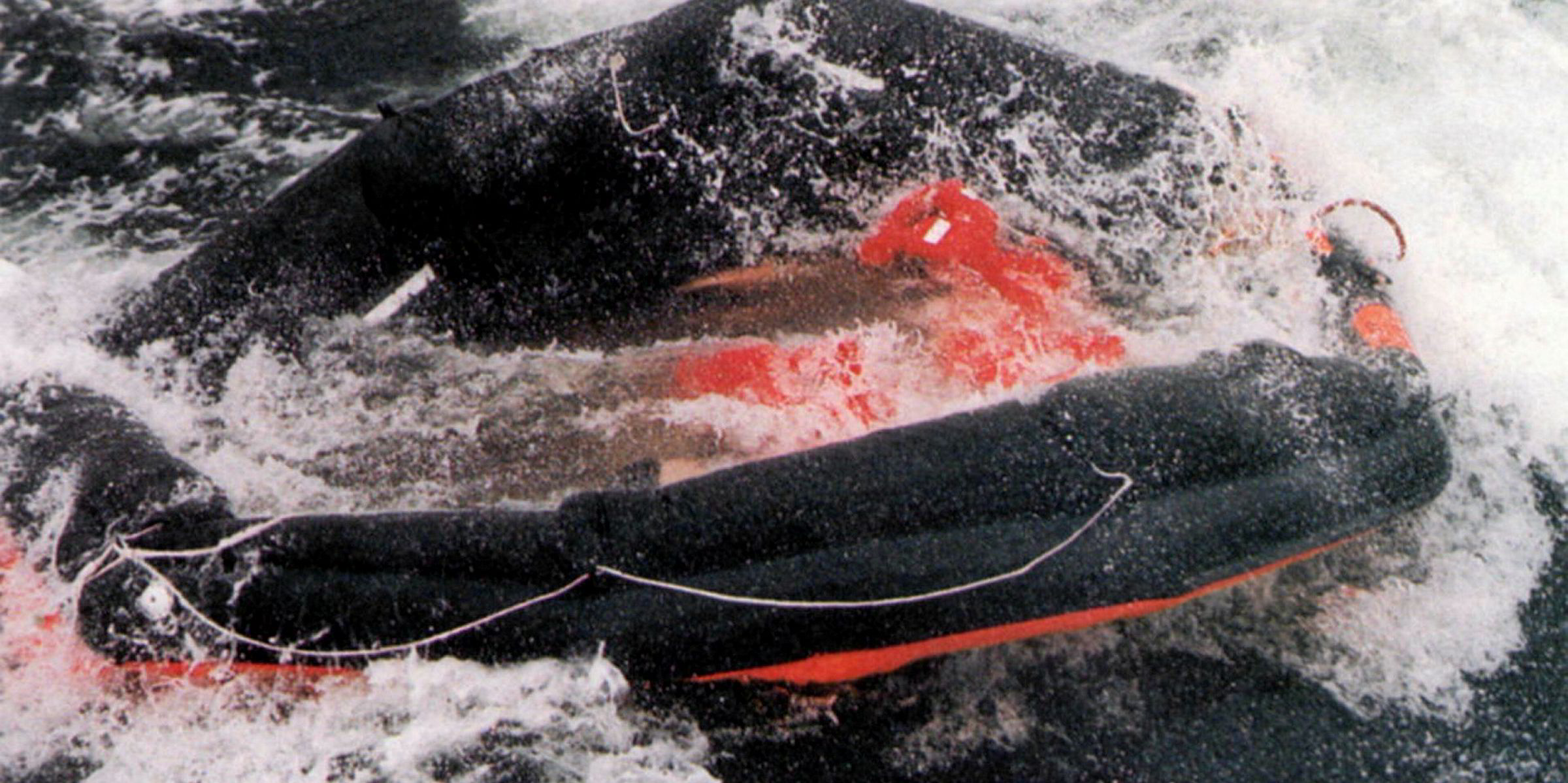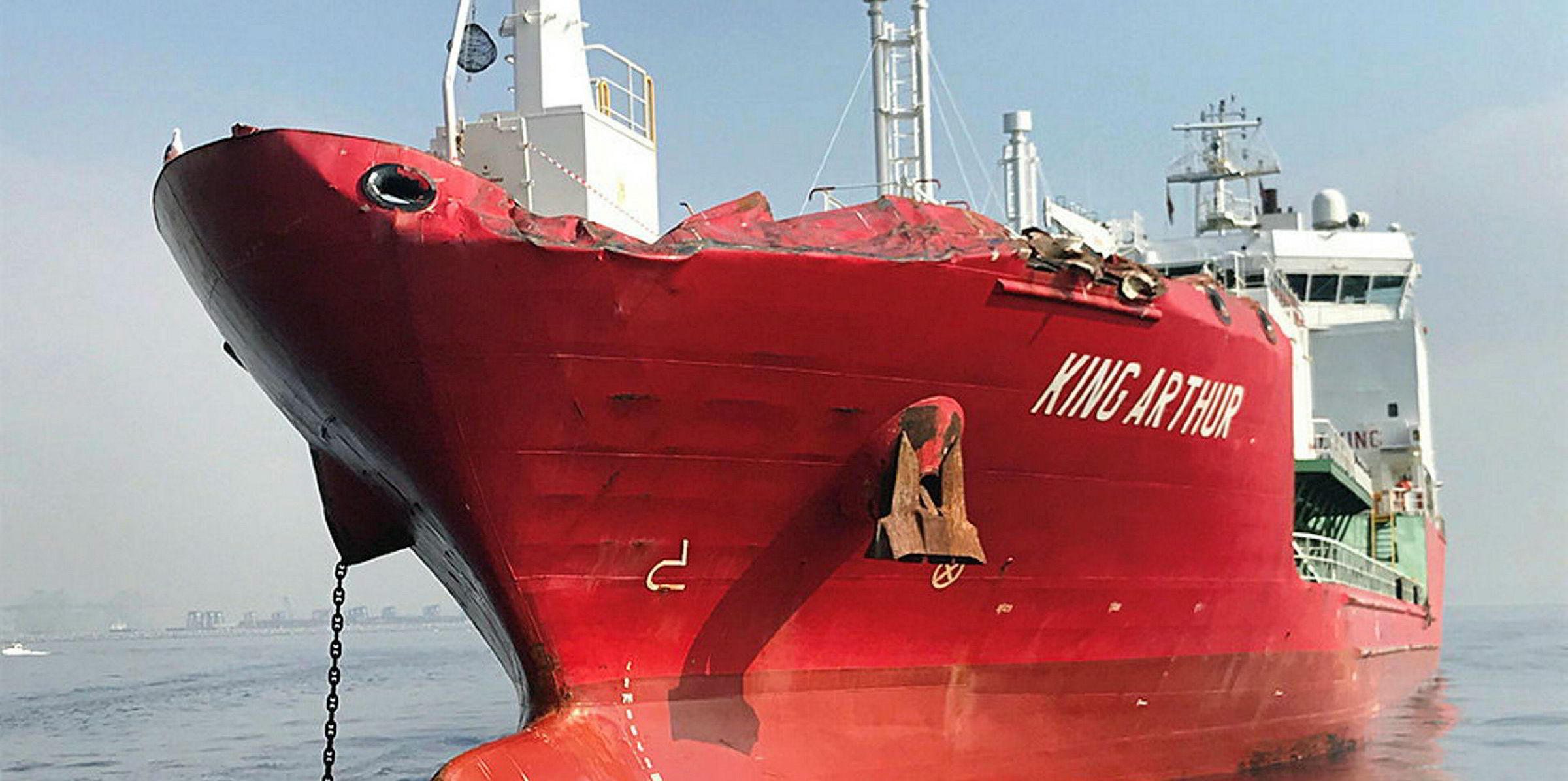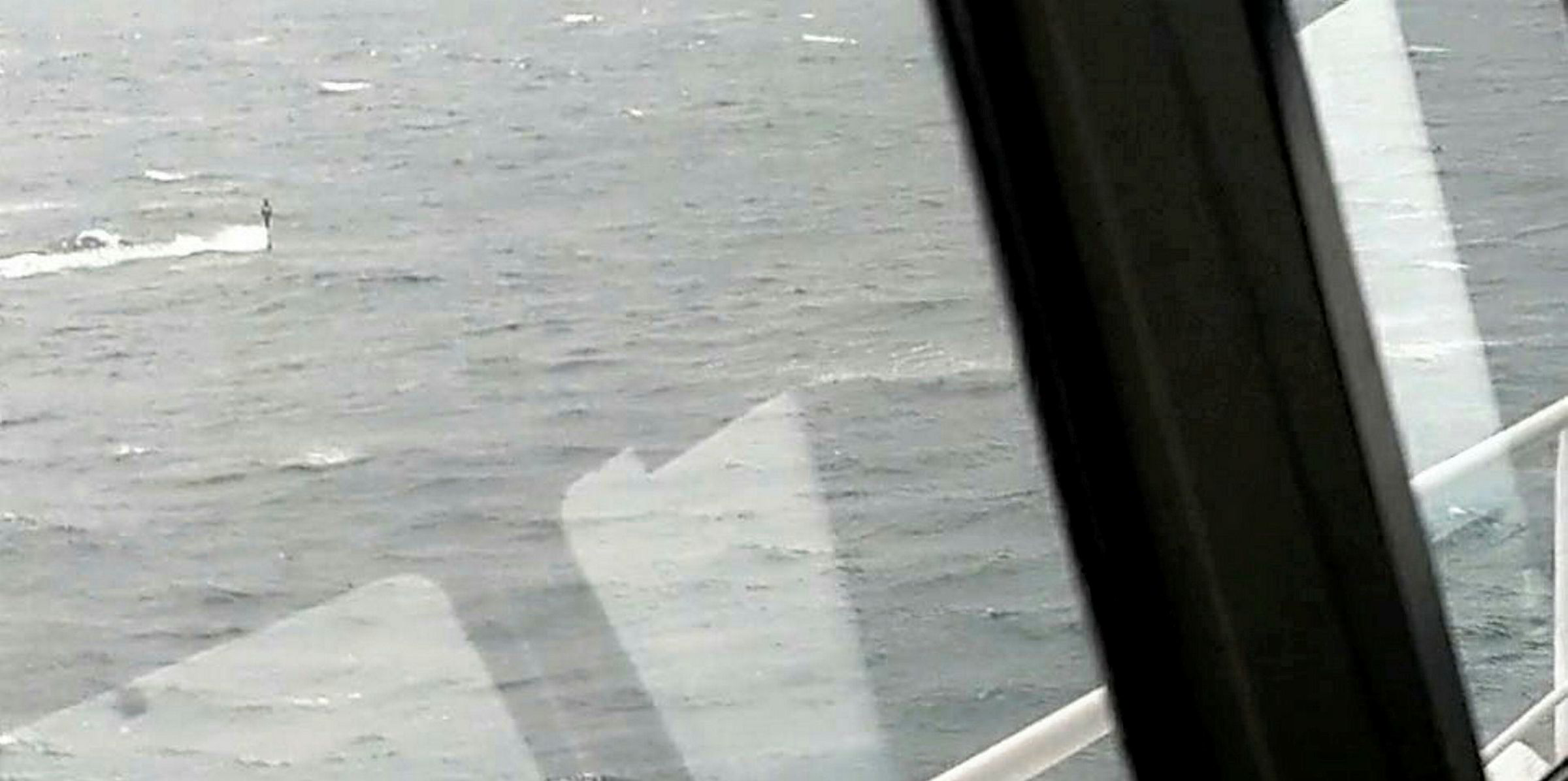New footage of the 1994 wreck of the Estonia could finally explain why the Estline ropax sank so quickly, killing 852 people in the Baltic Sea.
Documentary makers have revealed a previously unknown four-metre hole in the vessel's hull.
The tragedy is still the second-worst peacetime maritime loss of life involving a European ship, after the Titanic.
An official report in 1997 concluded that a problem with the bow door locking system was the cause of the disaster, after the door was ripped off in a storm.
The ship went down in an hour, leaving only 137 survivors and many other theories as to how the accident happened.
Evidence will be looked at
Now the governments of Estonia, Sweden and Finland have announced that they will examine evidence from the five-part Discovery Networks programme called Estonia: The Find That Changes Everything.
The hole was found when the documentary team explored the wreckage with a remote-controlled submarine.
"I believe the truth is something other than what people have been told until now,” survivor Carl Eric Reintamm told the programme.
Survivors have described hearing a loud bang and Reintamm said he saw a large white object in the water next to the ferry.
But documentary director Henrik Evertsson and another film crew member were arrested following their examination of the site last September.
They face up to two years in jail in Sweden for violating the sanctity of what has been designated a maritime grave site.
Margus Kurm, the former head of the Estonia investigation committee, said this week that the ferry may have sunk after a collision with a Swedish submarine.
The hull gash, which is 1.2 metres wide, is located below the waterline, but also extends to the car deck above the waterline.
"This tells me that [the] Estonia collided with something big enough to pierce the hull," Kurm said, speaking on a webcast released by the Estonian newspaper Postimees.
Visor theory doubted
"The force would have been sufficient to create a hole if, for example, a smaller fishing vessel had run against the hull at a speed of four knots."
Kurm has discounted the possibility that the hull of the ship was hit by the visor detached from the bow.
"In that case, the visor should have been 20 times larger," Kurm said. "It had to have been a collision with something equal to a ship."
Kurm also said the part of the hull that is torn has not touched the seabed, so could not have been damaged by any contact with the ocean floor.
The investigator said one possibility is that the Estonia and a Swedish submarine were moving in the same direction and it was the Estonia that grazed the military craft.
He claimed Swedish military exercises were also taking place in the same area at the time.
"The second version is that the submarine was securing [the] Estonia because there was a sensitive consignment on board [the] Estonia. I tend to think that the second version is true," Kurm added.
Compensation bid rejected
Last year, a French court turned down a bid by survivors and families of the victims to extract compensation from Bureau Veritas.
They were suing the French class society and German shipbuilder Meyer Werft for €40m ($45m).
More than 1,110 plaintiffs were instead ordered to pay the companies' costs — €70,000 to Bureau Veritas and €35,000 to the yard.
Compensation had already been paid by the ferry owner.
The court in Paris said claimants failed to prove "intentional fault" or provide sufficient evidence against the two firms.







